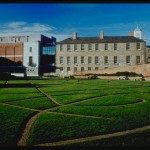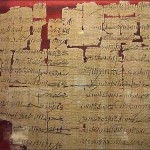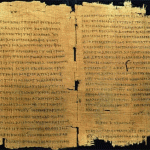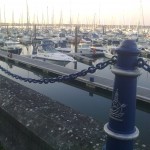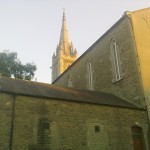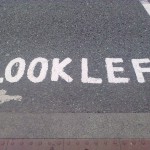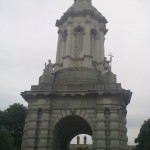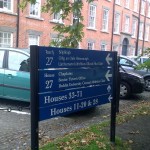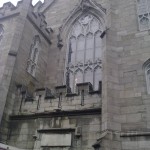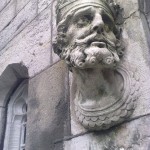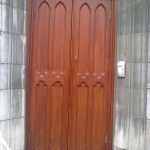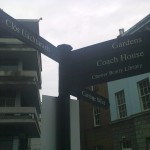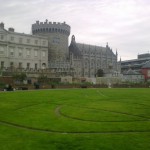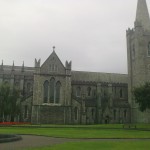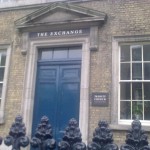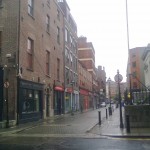Investigating Ireland
Back in 2006, while presenting a paper on the Story of the Bulgarian Bible at the Evangelical Bible Society in Washington, D.C., we were invited to visit an exposition at the Smithsonian that was showing, among other ancient writing, the Codex Sinaiticus. To stand by this most ancient holistic text of the Bible, that so many hands through history have beheld with reverence, was an experience that is hard to describe. Fortunately, only a few months after our observation of the text, the University of Leipzig in Germany finished its long-overdue project with the text and its digital representation was made available to all via the internet. But just recently, we were privileged to take a research trip to another, yet older and more revered Bible text, namely the Chester-Beatty papyri in Dublin.
What a person is most surprised of while visiting the Chester-Beatty library is how easy it was to find and access these ancient writings. Starting at the heart of Dublin, one goes south toward the river on O’Connell Street by the big statue of the famous Irish politician and patriot Daniel O’Connell. After crossing the river on the O’Connell Bridge by Abbey Theater, you will reach the infamous Trinity College and the House of Lords by the Bank of Ireland. The Dublin Castle is less than a mile walking up the hill west on College Green and behind the castle, by the uniquely shaped garden, is the Chester-Beatty library. Right next to the castle is the City Center, across the street is Christ Church Cathedral and just a block away is the St. Patrick’s Cathedral.
The Chester-Beatty papyri of the New Testament are displayed in the center of a magnificent exposition of ancient writing on the second floor on a pyramid shaped platform. A closer look at the papyri surprises the observer with their miniature size (only as big as an iPhone). The color of the pages has darkened through the centuries of their history to a dark almost brownish ocher. The small font of the equally justified text has faded to brown. Since the papyri were bound as a codex, instead of the traditional roll format, they are badly burnt at the end of the pages and in the center where the pages were attached together.
Three of them, marked P45, P46 and P47, are specifically important to the subject of New Testament criticism being the oldest copies of the New Testament dated at 200-250 AD beside P52, which is dated around 150 AD. In 1931, the director of the British Museum, Sir Frederic Kenyon reported for The Time that their discovery of the Chester-Beatty papyri is only next to the Codex Sinaiticus.


